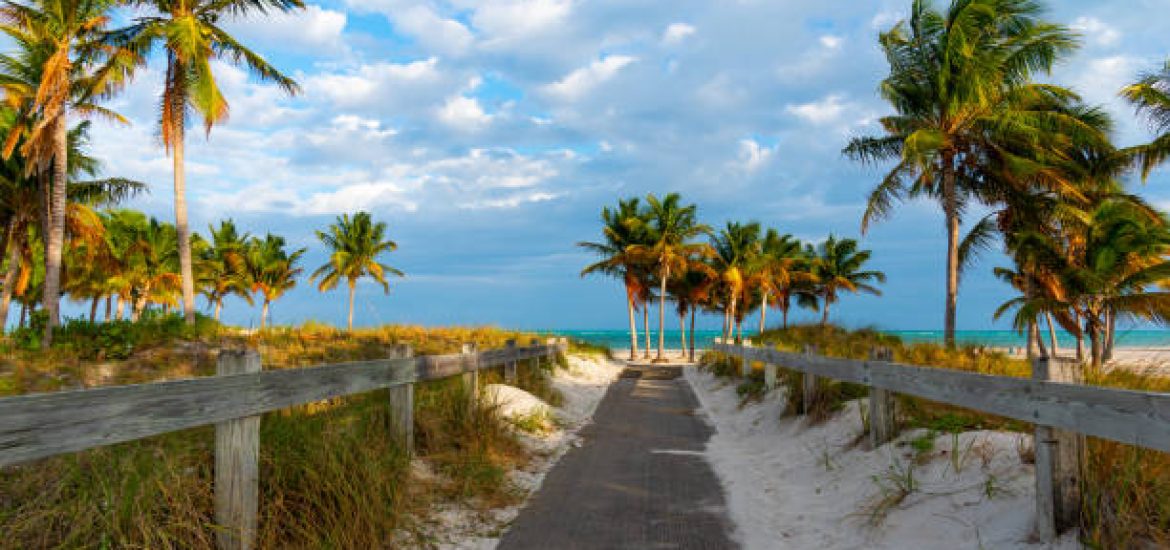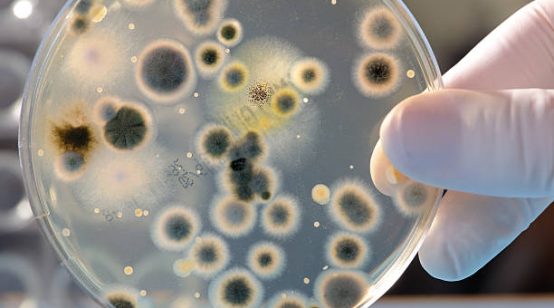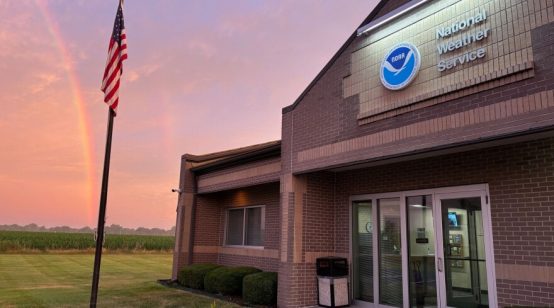
A sprawling mass of sargassum seaweed, weighing over 31 million tons, is drifting across the Atlantic Ocean and inching closer to Florida and the Caribbean’s coastlines. This year’s bloom has already surpassed previous records in size—and the peak season isn’t even over. Stretching across 5,500 miles, this brown algae isn’t just an eyesore; it’s a growing threat to local ecosystems and economies.
From Vital Habitat to Coastal Menace
Sargassum has long been a part of the Atlantic ecosystem, providing shelter and food for marine species like sea turtles and fish. However, when it reaches the shore in overwhelming amounts, it shifts from being a marine asset to a harmful nuisance. On land, it decomposes and releases hydrogen sulfide—a toxic gas with a strong, unpleasant odor that irritates skin and eyes and drives away tourists.
In the water, excessive seaweed blocks sunlight, disrupting marine ecosystems like coral reefs, mangroves, and seagrass beds. These areas, essential to biodiversity and coastal protection, are suffocating under the weight of this rotting biomass. As oxygen levels drop, marine life such as fish and crabs often perish.
What’s Fueling This Giant Bloom?
While sargassum blooms have occurred for centuries, recent years have seen an alarming surge in volume. Scientists point to rising ocean temperatures caused by climate change as a key contributor. Warmer waters accelerate the growth of algae, allowing sargassum to spread at unprecedented rates.
Another major factor is nutrient pollution—specifically, an overload of nitrogen in the water. This excess likely originates from fertilizer runoff in areas like the Amazon basin and the American Midwest. As droughts dry up vegetation and subsequent rains flush nutrient-rich debris into rivers, nitrogen is carried to the Atlantic where it acts as a potent fertilizer for seaweed.
Economic and Environmental Fallout
The influx of sargassum is already being felt along Florida’s east coast—from the Keys to Saint Augustine—as well as across tourist hotspots in Mexico, Barbados, and other Caribbean islands. Local governments and resorts spend significant sums to remove the seaweed daily, using heavy equipment that sometimes causes further environmental damage.
In response to the worsening issue, regions like Mexico’s Yucatán Peninsula have installed floating barriers offshore to prevent sargassum from reaching popular beaches. These barriers, similar to those used in oil spills, are part of a broader effort to protect tourism and preserve local ecosystems.
Turning a Crisis Into Opportunity
Amid the challenge, researchers are exploring innovative ways to repurpose sargassum. It’s being studied as a potential raw material for biofuels, building bricks, and even biodegradable plastics. The seaweed’s natural absorbency also makes it a candidate for water filtration systems. Another possibility is carbon sequestration—sinking the seaweed to the ocean floor to trap carbon and reduce atmospheric emissions.
Ultimately, experts see this recurring bloom as a wake-up call. The sheer size and impact of sargassum highlight the need for more responsible environmental management. As Professor Christian Appendini put it, “This is a warning. We must rethink how we develop and interact with our natural world.”





